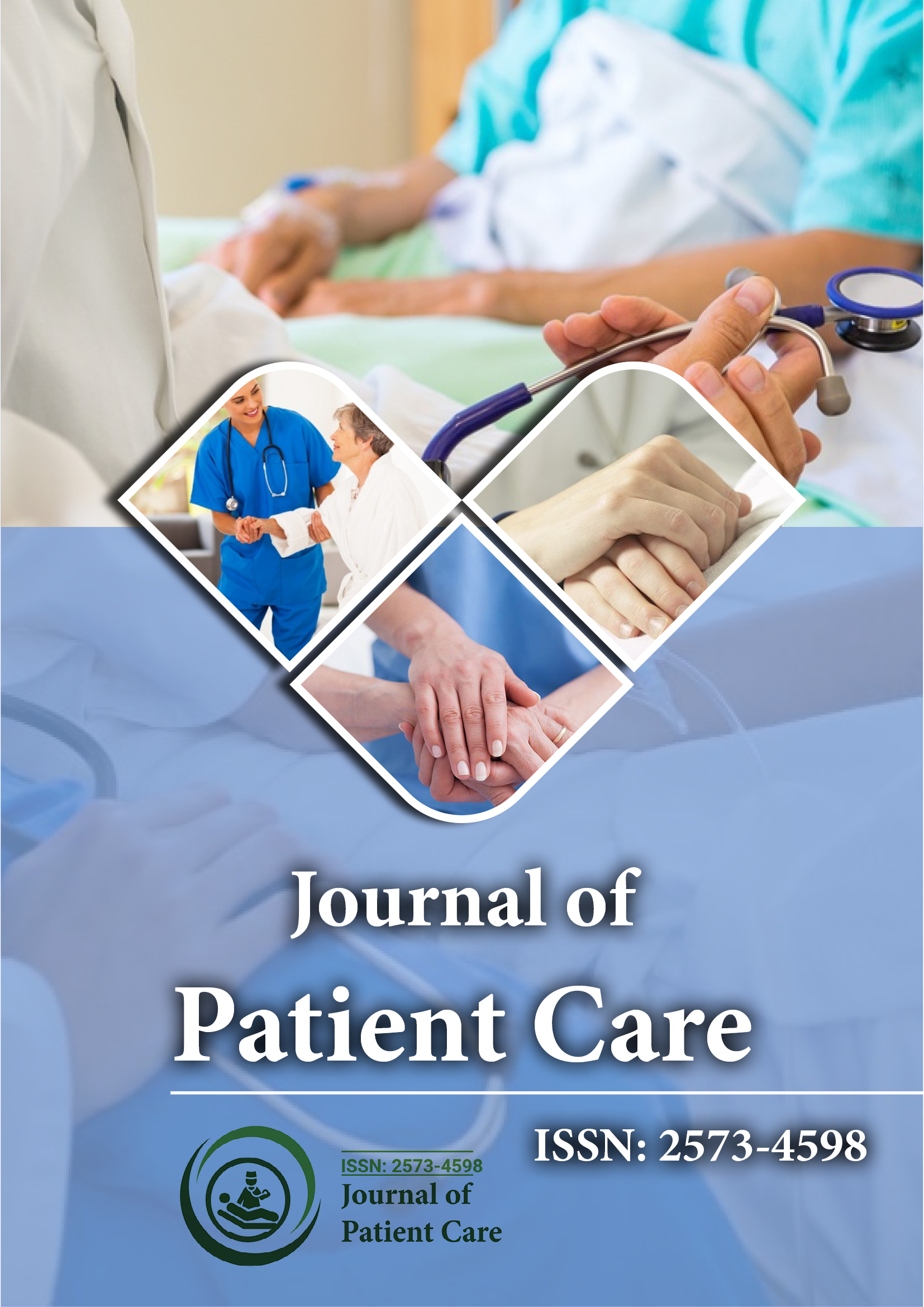Indexé dans
- RechercheRef
- Université Hamdard
- EBSCO AZ
- Publions
- Fondation genevoise pour la formation et la recherche médicales
- Pub européen
- Google Scholar
Liens utiles
Partager cette page
Dépliant de journal

Revues en libre accès
- Agriculture et aquaculture
- Alimentation et nutrition
- Biochimie
- Bioinformatique et biologie des systèmes
- Business & Management
- Chimie
- Génétique et biologie moléculaire
- Immunologie & Microbiologie
- Ingénierie
- La science des matériaux
- Neurosciences & Psychologie
- Science générale
- Sciences cliniques
- Sciences environnementales
- Sciences médicales
- Sciences pharmaceutiques
- Sciences vétérinaires
- Soins infirmiers et soins de santé
Abstrait
Prévalence, types et facteurs de risque des anomalies congénitales (étude réalisée en milieu hospitalier)
Amira M. Shalaby
Les anomalies congénitales (AC) sont des causes fréquentes de décès et d’invalidité chez les nourrissons et les enfants.
Objectifs : L’objectif de l’étude est de déterminer la prévalence, de décrire les types et les facteurs de risque d’anomalies congénitales chez les nouveau-nés admis à l’unité de soins intensifs néonatals (USIN) d’un hôpital pour enfants.
Conception de l'étude : Il s'agit d'une étude observationnelle prospective (étude transversale analytique) réalisée et examinée auprès des nouveau-nés admis à l'USIN d'un hôpital pour enfants pendant la période de 6 mois du 1er décembre 2017 à la fin mai 2018. L'échantillon était composé de 346 nouveau-nés, 173 cas et 173 témoins. Nous avons recueilli des données à l'aide d'une liste de contrôle des dossiers et d'un questionnaire d'entretien.
Résultats : Il y avait une différence significative entre les cas et le groupe témoin concernant l'âge gestationnel (P = 0,001), les bébés simples ou multiples (P = 0,002), le lieu de résidence (P = 0,001), le mariage consanguin (P = 0,01) et les antécédents familiaux d'issue défavorable (P = 0,001). Nous avons également constaté que le type d'anomalies congénitales le plus courant était les anomalies gastro-intestinales 63 cas (36,4 %), la fistule trachéo-œsophagienne 17 cas (27 %) étant les anomalies GIT les plus courantes.
Conclusion : La prévalence des anomalies congénitales était de 22,97 %. Les anomalies les plus fréquentes étaient les anomalies gastro-intestinales (GIT), les anomalies musculo-squelettiques, les anomalies multiples et les anomalies du système circulatoire. Les facteurs de risque étaient le mariage consanguin, les antécédents familiaux positifs, les zones urbaines, les grossesses à terme et les grossesses uniques.